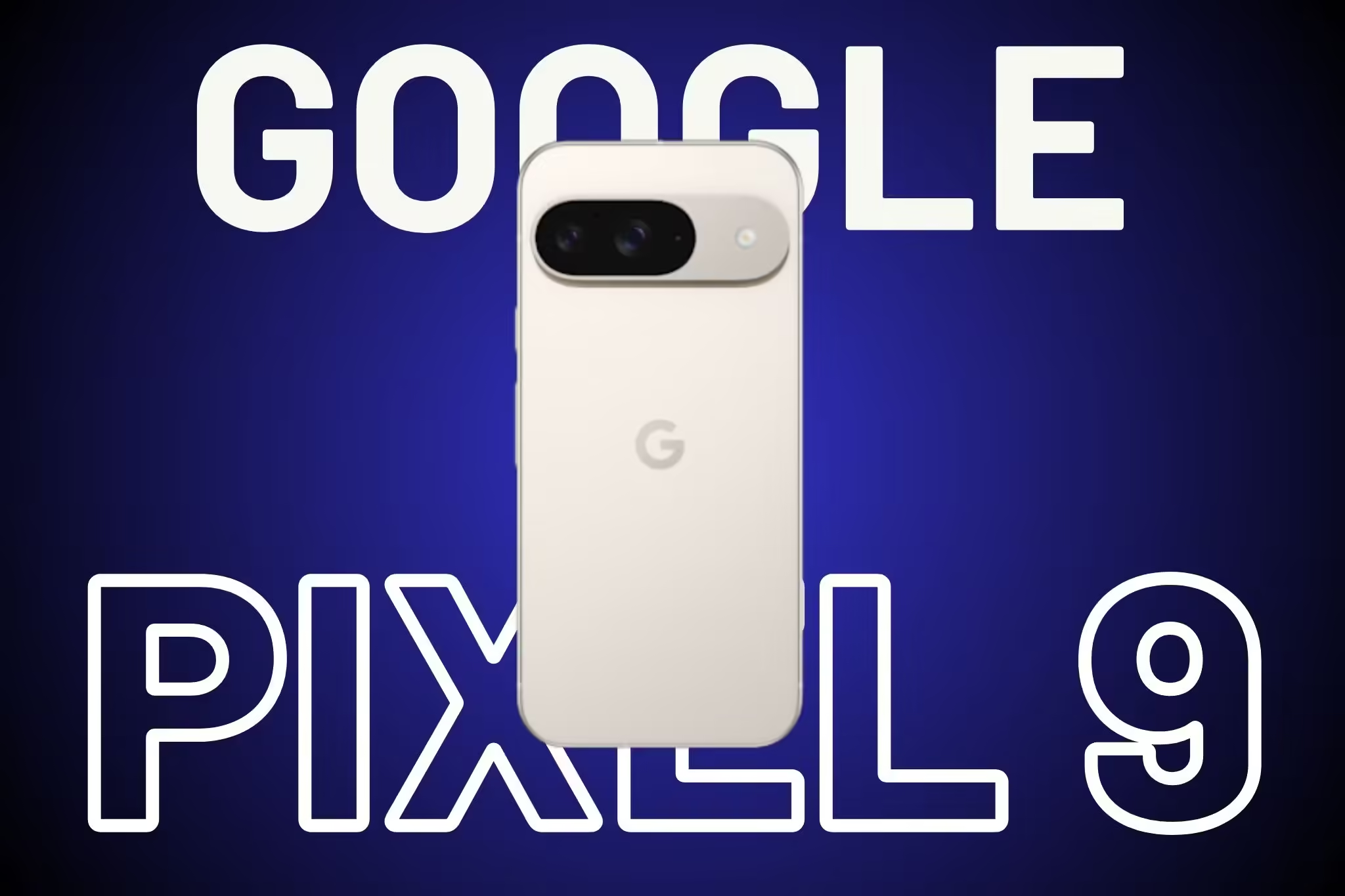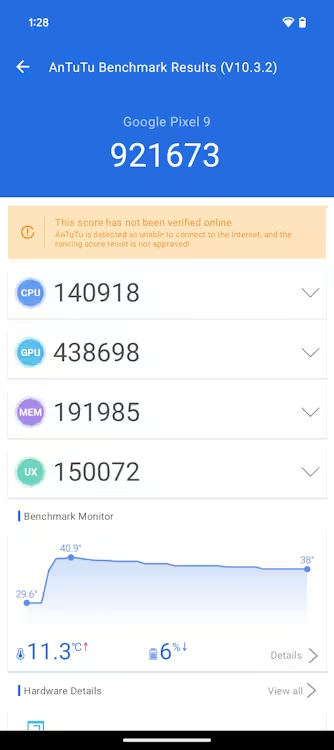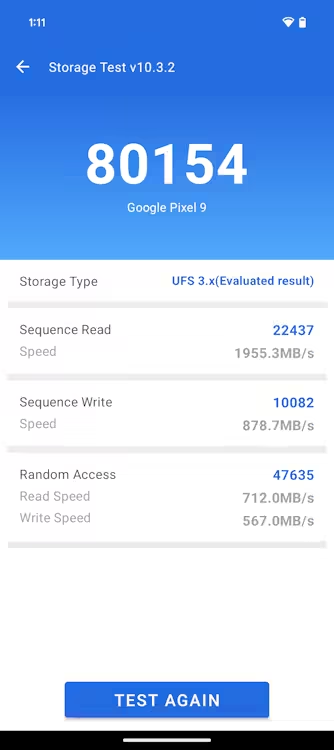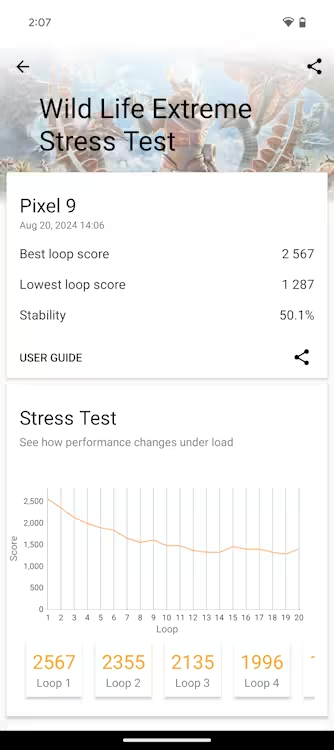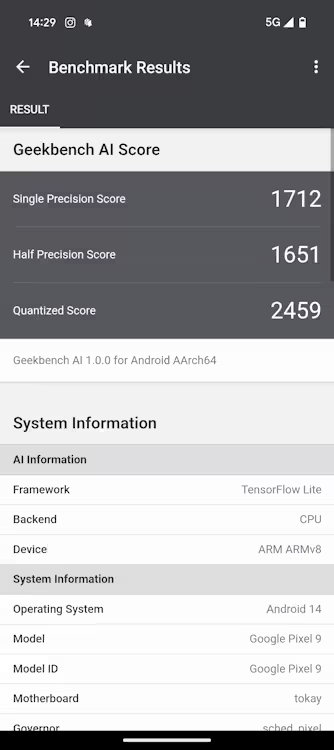
I’ve often considered getting a Pixel, only to hesitate at the prospect of network connectivity and battery issues. The newly launched Pixel 9 claims to address these problems on paper, but does it deliver on its promises, or is it all talk with no substance? After using the Pixel 9 as my daily driver for over a week, I believe I have the answers. Join me as I dive into this in-depth review to determine whether the Pixel 9 is finally worth the investment!
Pixel 9: Specifications

Pixel 9: Box Contents

While I usually don’t expect much from the box contents of a Pixel phone, the Quick Switch adapter was always a nice addition. This year, Google has eliminated it, even though it was included with the Pixel 8a (review). So, the contents of the box are now:
- Google Pixel 9
- USB Type-C to Type-C cable
- SIM ejector
- Some paperwork
For this review, I have the Pixel 9 in the Porcelain color, equipped with the top-tier 12GB/256GB variant.
Pixel 9: Design and Build
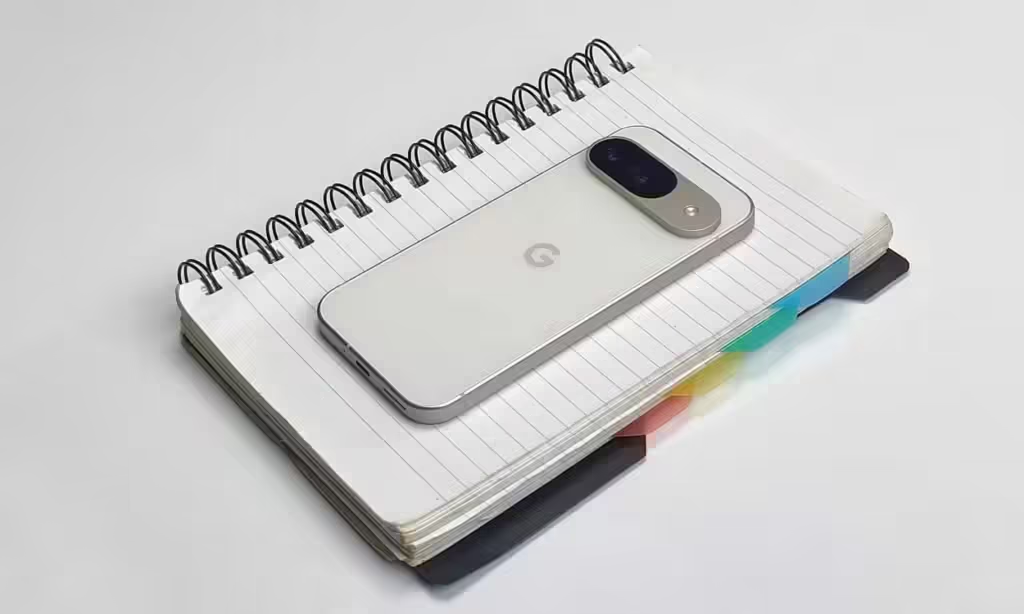
The Pixel 9 is noticeably curvier than its predecessor, especially around the edges. The polished aluminum frame lacks texture, making it quite slippery. I’ve lost count of how many times I’ve accidentally knocked it against my desk while trying to lift it.
It also feels heavier and bulkier than the Pixel 8, which I find less appealing. For context, the Pixel 8 weighed about 187 grams, while the Pixel 9 tips the scales at 197 grams. The volume rocker and power button are well-spaced but located on the right side of the frame, which could have been better positioned.
Additionally, the Pixel 9 is less convenient to handle compared to the Pixel 8. Unlike the Pixel 8’s rear panel, which curved into the frame, the Pixel 9’s rear is completely flat, making one-handed use less comfortable. Its slippery nature only adds to the difficulty.
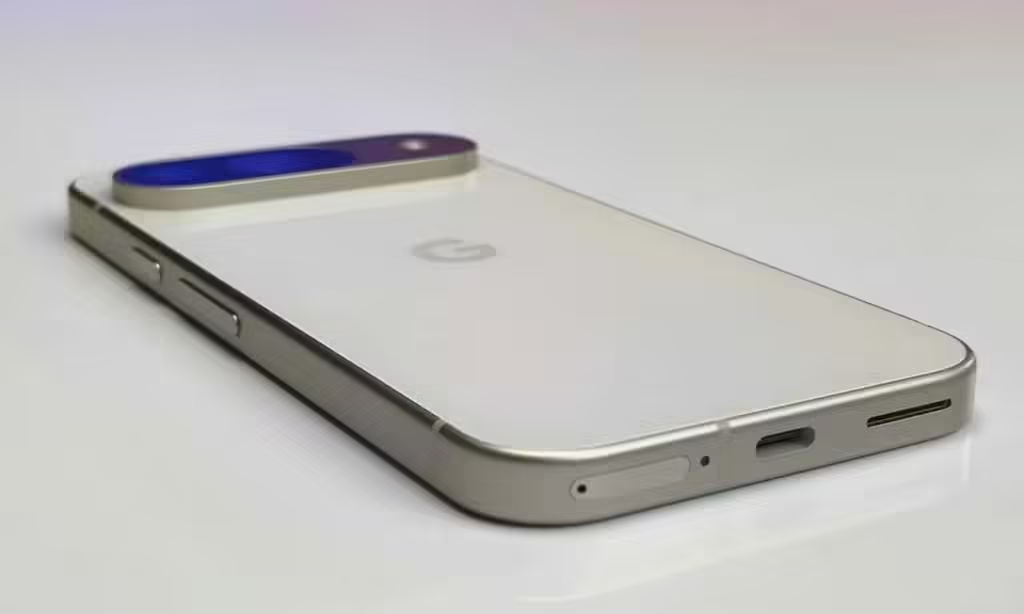
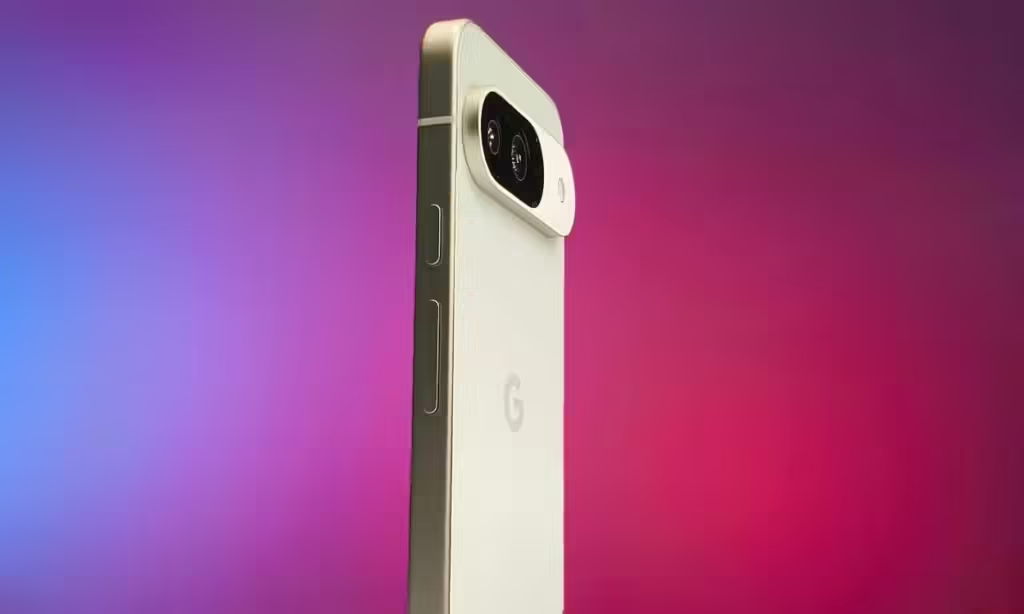
However, you don’t have to worry about dropping it, as it comes with Gorilla Glass Victus 2 protection on both sides.
The redesigned pill-shaped camera module, which my co-worker Anshuman noted resembles the Google Search bar, is quite striking. That observation seems spot-on, and I can’t help but wonder if that resemblance was intentional.
Regardless, I prefer the new design over the previous module; it looks much better up close than in images. Unlike older models, it doesn’t blend into the frame but rather ends around the corners. This design choice helps keep the phone stable on a desk, eliminating any wobbling or rattling.
The Pixel 9 retains the IP68 rating from its predecessors, so it’s protected against dust and water. Overall, I find it to be a more attractive Pixel.
Pixel 9: Display

The Pixel 9 features a slightly larger 6.3-inch display, but the bezels remain unchanged. Although the display boasts 120Hz OLED, HDR support, and other high-end features, the absence of an LTPO panel is still perplexing. This was a disappointment with the Pixel 8 and continues to be one now, especially when you see LTPO panels in more affordable phones like the Realme GT 6T (review).
On the bright side, the display is notably brighter this time, reaching 2,700 nits—700 nits more than the Pixel 8. Our Luxmeter at the AzMo Tech office measured it at around 2,500 nits, which is impressive.
Visibility is excellent indoors, but it falls short outdoors. The device tends to warm up quickly, which causes the maximum brightness to drop sooner. On less humid days, the brightness levels hold up well, but the reflective nature of the display can be problematic on very sunny days or when there are direct light reflections.
Watching content on the Pixel 9 is quite enjoyable, thanks to its vibrant colors and deep blacks. While regular 1080p videos look great, HDR content isn’t as impressive. For example, when watching 3 Body Problem on Netflix, I found myself squinting during darker scenes due to reduced brightness levels when playing HDR content.
Pixel 9: Speaker Output
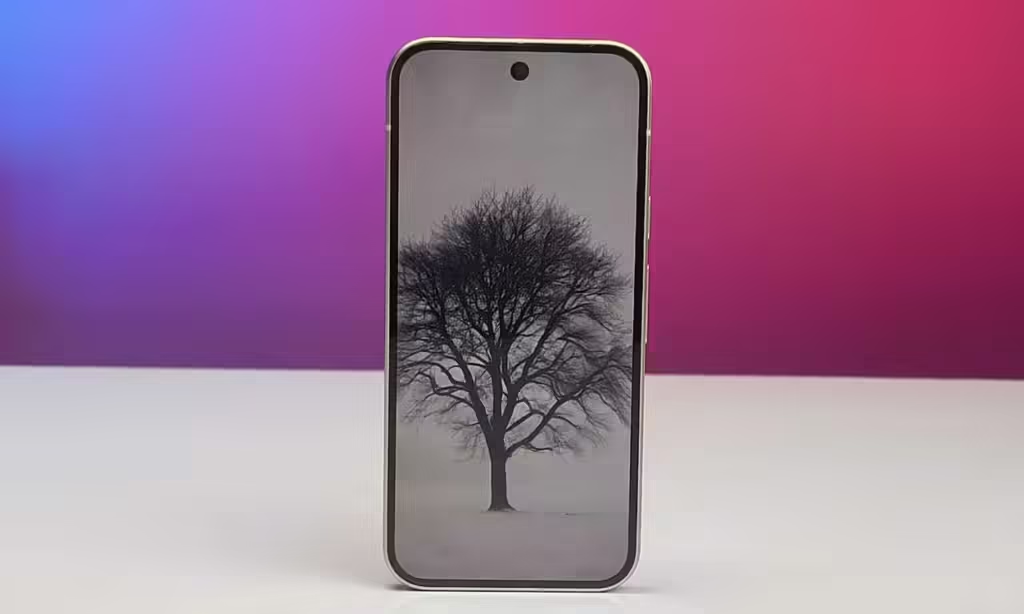
The dual-stereo speakers on the Pixel 9 are impressively loud, so I didn’t need to use earbuds while relaxing at home. However, the audio output isn’t the richest. The mids can sound off, with dialogues and voices often coming across as a bit muddy.
The bass is decent, but the sub-bass lacks depth. On the plus side, the upper mid-range and high-range frequencies are well-tuned, making percussive beats clearly audible.
That said, there’s noticeable crackling at maximum volume, and the audio separation tends to favor the bottom-firing speakers. This becomes particularly apparent when watching content in landscape mode.
Pixel 9: Software Experience

Pixels have long been associated with AI, and the Pixel 9 continues this trend with a range of impressive AI features. From the handy Pixel Screenshots to the new Add Me feature, I’ve explored them all. For a detailed look at these features ranked from worst to best, check out our dedicated list.
Notably, there’s the intriguing Magic Editor Reimagine and the Pixel Studio, which serves as a sophisticated meme generator. While these AI capabilities are undeniably impressive, the core Pixel UI still feels somewhat lacking. After using more feature-rich Android skins like One UI, ColorOS, or OxygenOS, it’s clear that the Pixel UI has room for growth.
The Pixel 9’s UI is smooth and free from major bugs or lags, which is a relief. The haptic feedback feels premium, and the animations for opening and closing apps are clean and stutter-free.
However, RAM management needs improvement. For instance, switching from CoD Mobile to WhatsApp and then returning to the game often triggers a reload. This doesn’t happen every time, but it’s frequent enough to be noticeable. On the bright side, most apps (about 7 out of 10) resume where you left off, which is decent.
Another issue is the presence of two weather apps preloaded on the phone. Only the newer app functions properly, and while you can uninstall the older one, it shouldn’t have been included in the first place. Google, if you’re listening, please stick to just the new Weather app.
Pixel 9: Performance
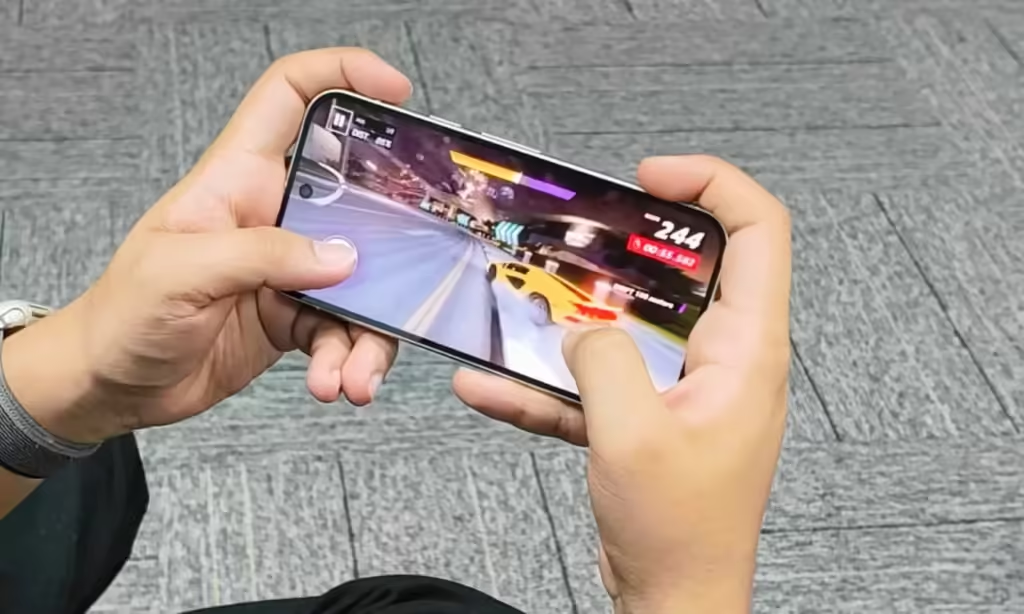
The Pixel 9 is equipped with the Tensor G4 chipset, built on a 4nm process, and is coupled with 12GB of LPDDR5X RAM. For storage, it offers up to 256GB of UFS 3.1. It’s disappointing to see that the Pixel 9 still uses outdated storage technology in 2024. Below, I’ll cover the benchmarks, my daily usage experience, and gaming performance.
Benchmarks
While I didn’t expect much from the Tensor G4 in terms of benchmarks, I did anticipate it to outperform the Pixel 8’s Tensor G3. Unfortunately, there’s only minimal improvement. For a detailed look at the Tensor G4 benchmarks, check out our comprehensive overview. Here’s a quick summary of the results:
Day-To-Day Usage
In terms of daily usage, the Pixel 9 has shown significant improvements over the Pixel 8a and 8. Notably, it handles heat better, even in the humid Patna climate, which is a major relief. RAM management has also seen a notable upgrade, though it still needs a bit of fine-tuning.
On a typical day with 10 to 15 apps running in the background, the Pixel 9 allows for smooth multitasking. Out of those apps, around 7 resume from where I left off, which is quite satisfactory. Overall, the Pixel 9 provides a solid and efficient experience for daily tasks.
Gaming
For gaming, I tested several popular titles like CoD Mobile, Warzone, and Genshin Impact. Here’s a breakdown of the graphics settings and FPS you can expect from the Tensor G4:
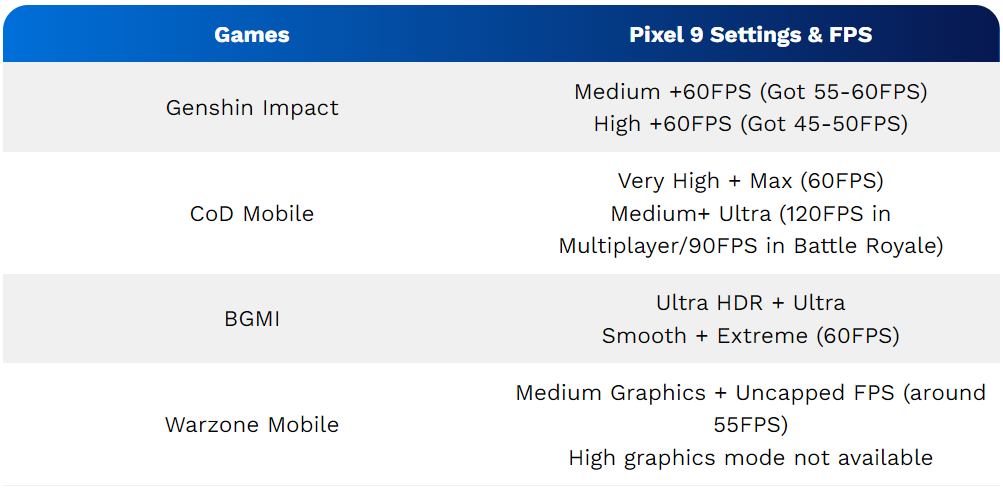
The most amusing part is that while the phone supports higher FPS in games, its touch sampling rate is poorly optimized. This causes noticeable delays in aim and movement, making precise control challenging.
Initially, I suspected it might be a sensitivity issue, but it appears not to be the case. This problem doesn’t affect games like Asphalt 9 or other single-touch or swipe-based games. On the plus side, the phone stays cool, reaching a maximum temperature of 42 degrees Celsius even after about two hours of gaming in an air-conditioned environment.
Pixel 9: Cameras
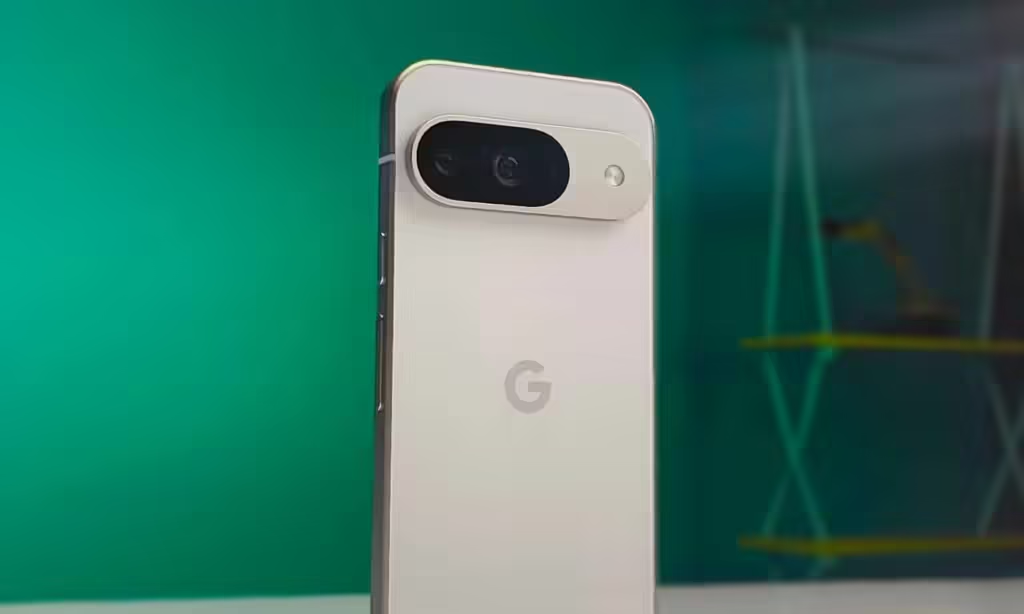
The Pixel 9 sports a dual rear camera system, led by a 50MP Octa PD wide sensor, accompanied by a 48MP Quad PD ultra-wide lens. On the front, it features a 10.5MP selfie camera. I tested all three sensors to see how they perform, and here’s my take on each.
Daytime
During the day, the Pixel 9 captures good details with both its primary and ultra-wide sensors. However, the primary sensor can be inconsistent, sometimes smudging shadows and highlights, which affects the dynamic range. As a result, some shots that could have been better end up looking merely okay.
At times, the primary sensor performs well, managing dynamic range effectively. However, there are noticeable inconsistencies in detail retention. While the primary sensor captures details sharply on some occasions, it tends to blur them out on others. Additionally, colors can appear slightly boosted.
On the other hand, the ultra-wide sensor performs consistently well. It offers a solid dynamic range, good detail, and accurate colors. There is a very slight color disparity between the two sensors, but it’s not particularly distracting.

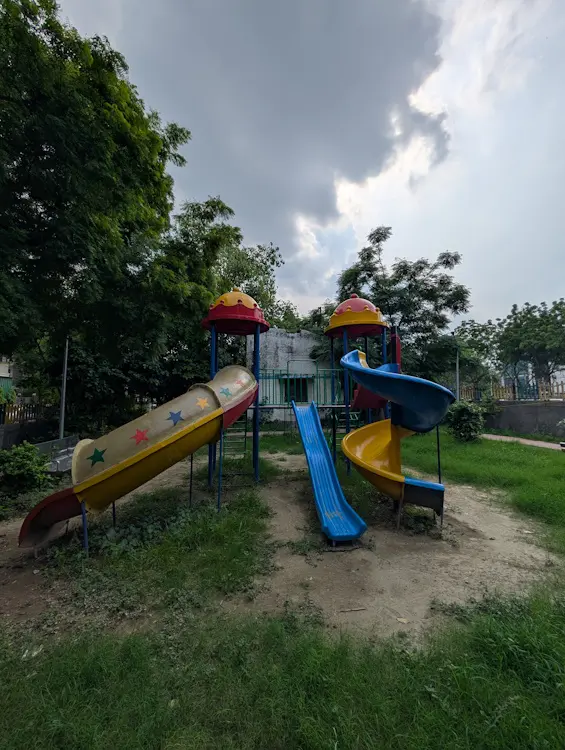
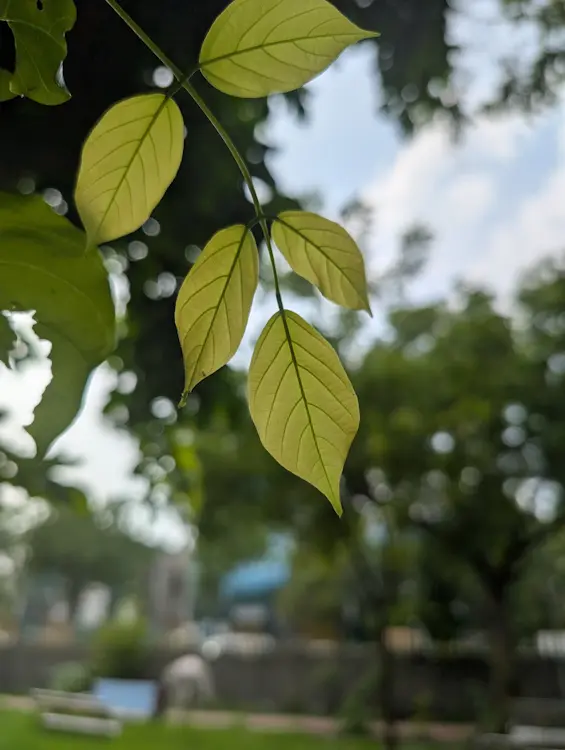
Night
At night, the Pixel 9 generally captures details, shadows, and highlights effectively. However, there are some inconsistencies. While it usually handles light sources well, there are instances where it can blow them out.
Additionally, there’s an awkward lens flare that can be quite distracting sometimes making it look like the moon in outdoor shots. Night photos also vary in noise levels, with some shots showing too much noise while others are relatively clean.
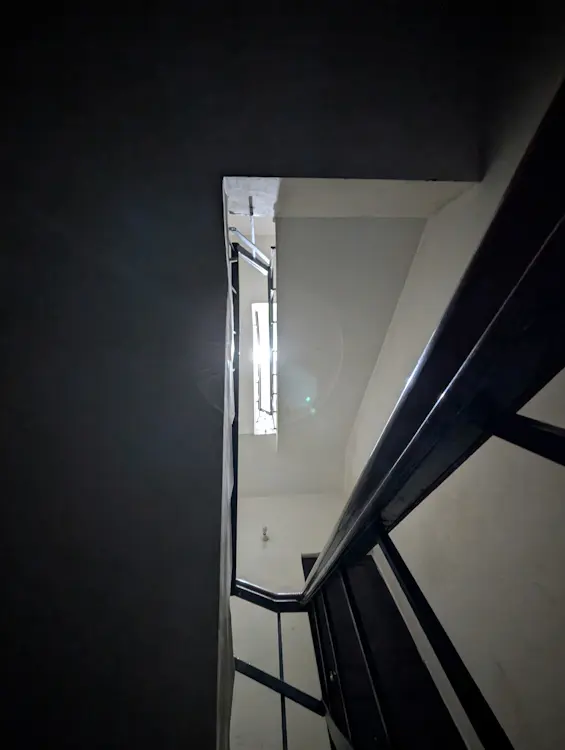
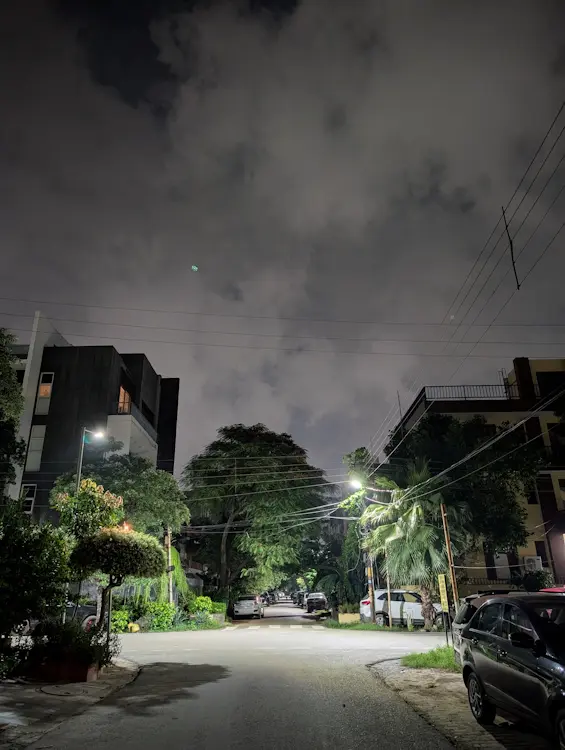

Selfies
The Pixel 9’s selfie camera falls short. It uses the same sensor as the Pixel 8, which, despite being more optimized in the earlier model, still leaves much to be desired. The selfies often exhibit excessive skin tone boosting and lack the fine detail you’d hope for. The camera tends to over-sharpen images, leading to less-than-appealing results at times.
Videos
The Pixel 9 supports video recording at up to 4K 60FPS across the primary, ultra-wide, and selfie sensors, with the added benefit of switching between these sensors during recording.
While OIS helps to stabilize footage, it isn’t perfect, and you might notice occasional jitters. On the plus side, there are no issues with focus-hunting.
Overall, the Pixel 9 would benefit greatly from a dedicated camera update to address these inconsistencies and improve performance.
Pixel 9: Battery and Charging

The Pixel 9 features a larger 4,700mAh battery, a significant increase from the 4,000mAh battery in its predecessor. This boost translates to improved battery life. Under typical usage—such as maintaining a constant Wi-Fi connection, capturing photos and videos, browsing Instagram, and playing games like Monopoly Go and CoD Mobile, I managed to achieve between 5 to 6 hours of screen-on time, occasionally exceeding that.
However, when switching to mobile data, the screen-on time dropped considerably, falling to around 3 to 3.5 hours. This could be an issue for those who rely heavily on mobile data while on the go.
The charging speed remains unchanged at 27W, so topping up from 10% to 100% takes approximately 1.5 hours.
Pixel 9: Connectivity
Connectivity has often been a major drawback for Pixel devices, but the Pixel 9 shows some improvement. In my experience, it maintained a steady 5G connection in my room, which typically struggles with 5G and would often revert to LTE with previous Pixels.

There were occasional drops to LTE during peak traffic times, but overall, the 5G performance was reliable, with decent speeds and no call drops, unlike previous Pixel models.
I haven’t had the chance to test it extensively in other areas yet, but so far, the Pixel 9 hasn’t presented the connectivity issues that plagued earlier Pixels.
Is the Pixel 9 Worth It?
The Pixel 9 stands out as one of the best Pixels I’ve used in recent years. It rekindles the joy and satisfaction of using a Pixel phone with its improved design, vibrant display, enhanced connectivity, and smooth software experience. However, this also highlights the modest expectations I’ve had for Pixels.
When placed alongside its competitors, the Pixel 9’s shortcomings become more apparent. The absence of LTPO, an unoptimized camera setup, and only incremental performance improvements make it a harder recommendation.
Especially when you consider phones like the Galaxy S24, and even the more affordable OnePlus 12 and iQOO 12, which shine brighter in this segment. Not to mention, a much more affordable phone like the Realme GT 6T also includes an LTPO panel.
While the Pixel 9 is backed by 7 years of software updates, there are concerns about whether the Tensor G4 will keep pace over time. The outdated UFS 3.1 storage is another major letdown.
Despite improvements in 5G connectivity, it still falls short compared to its rivals. Overall, while the Pixel 9 is a solid device, it struggles to justify the $799 price tag when compared to the competition.
PROS & CONS
The Pros
- Eye-catching design
- Outstanding AI capabilities
- Enhanced connectivity
- Excellent ultra-wide camera
- Reliable battery life
The Cons
- Display could be improved
- Performance falls short
- Primary and selfie cameras underperform
- Disappointing UFS 3.1 storage
Final Verdict
Design and Build
Display and Speakers
Software Experience
Performance
Cameras
Battery and Charging
Connectivity
AzMo Tech Score
The Google Pixel 9 is undoubtedly a solid addition to the Pixel lineup, but it still falls short in several key areas. The absence of LTPO technology and the lack of a substantial performance boost are noticeable drawbacks. Additionally, the outdated UFS 3.1 storage and less impressive camera setup further detract from its appeal. If you’re set on having a Pixel device, the Pixel 9 is worth considering. However, if a Pixel isn’t a must-have, it might be wise to hold off and see if future models address these shortcomings.
